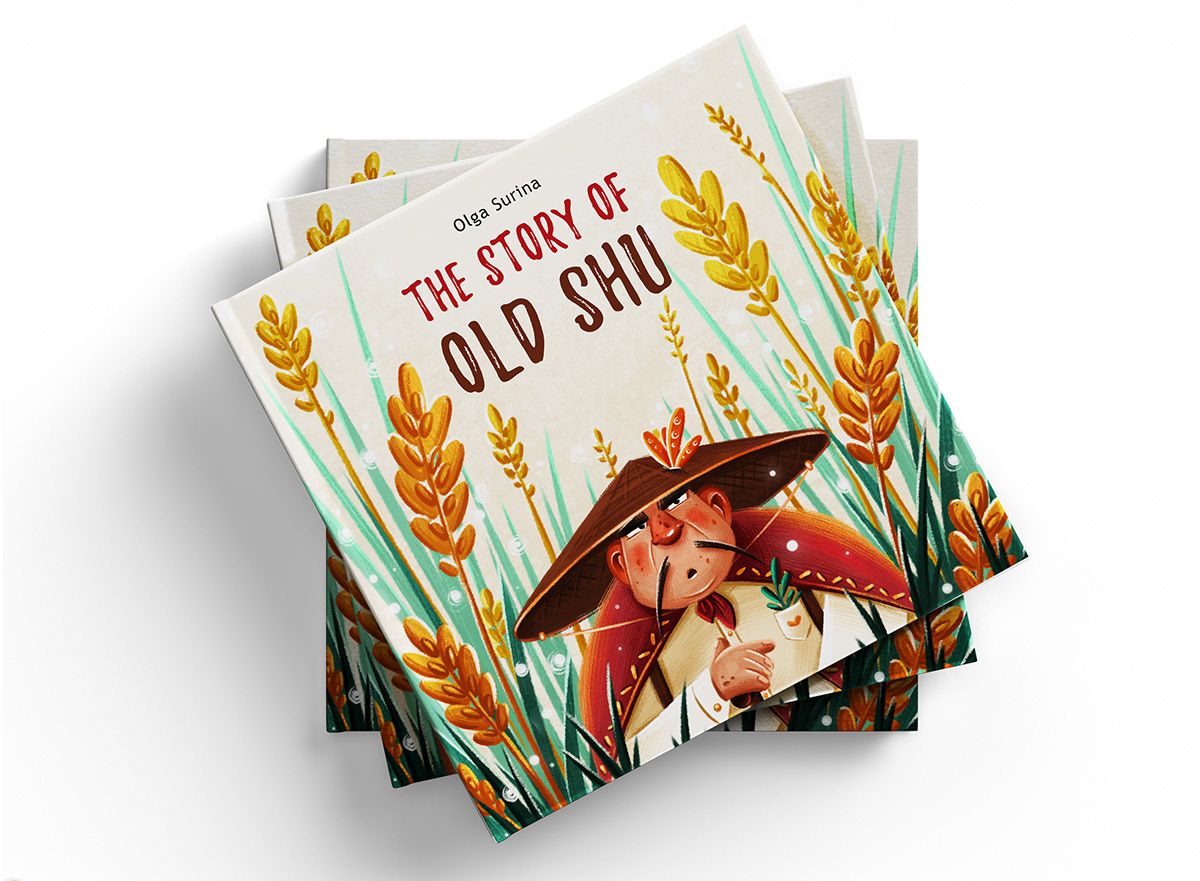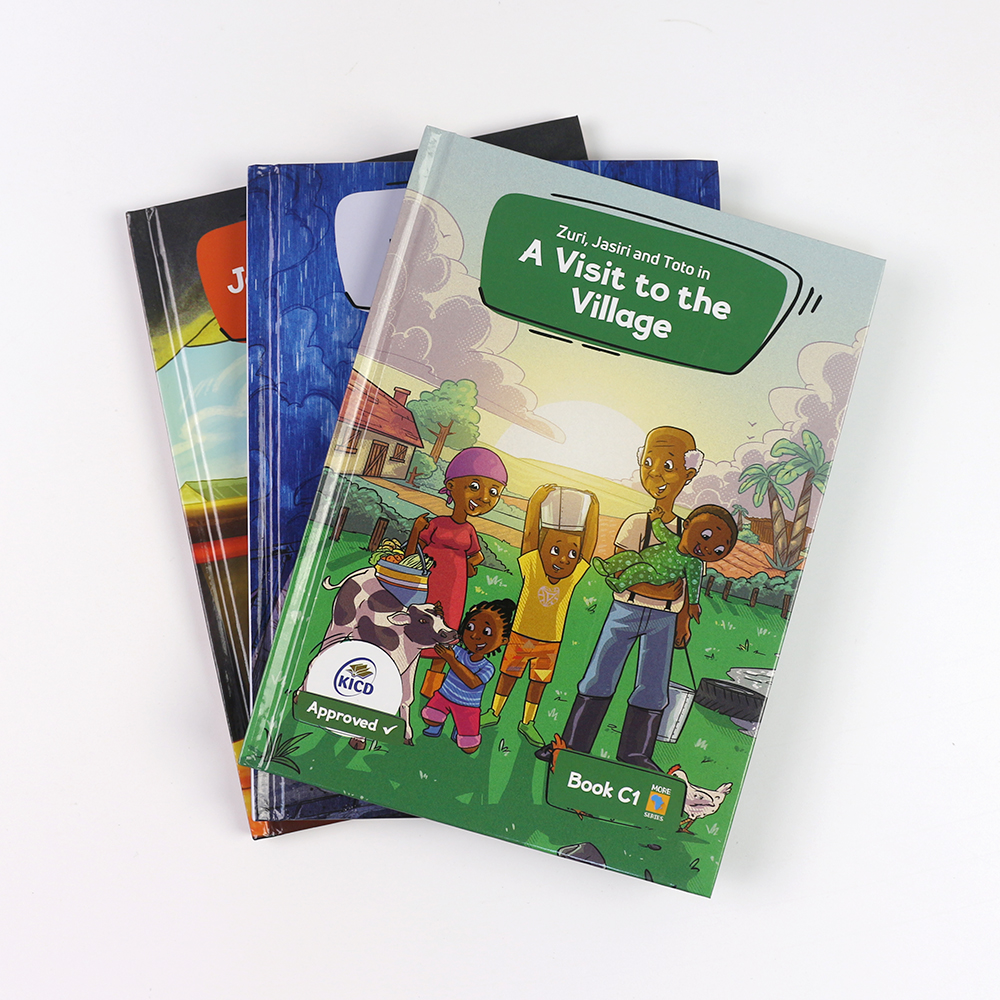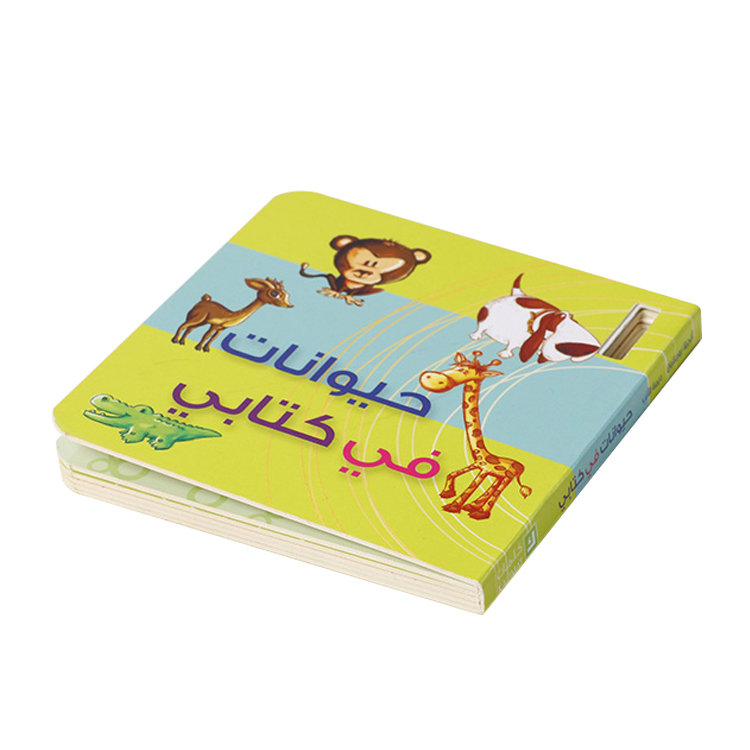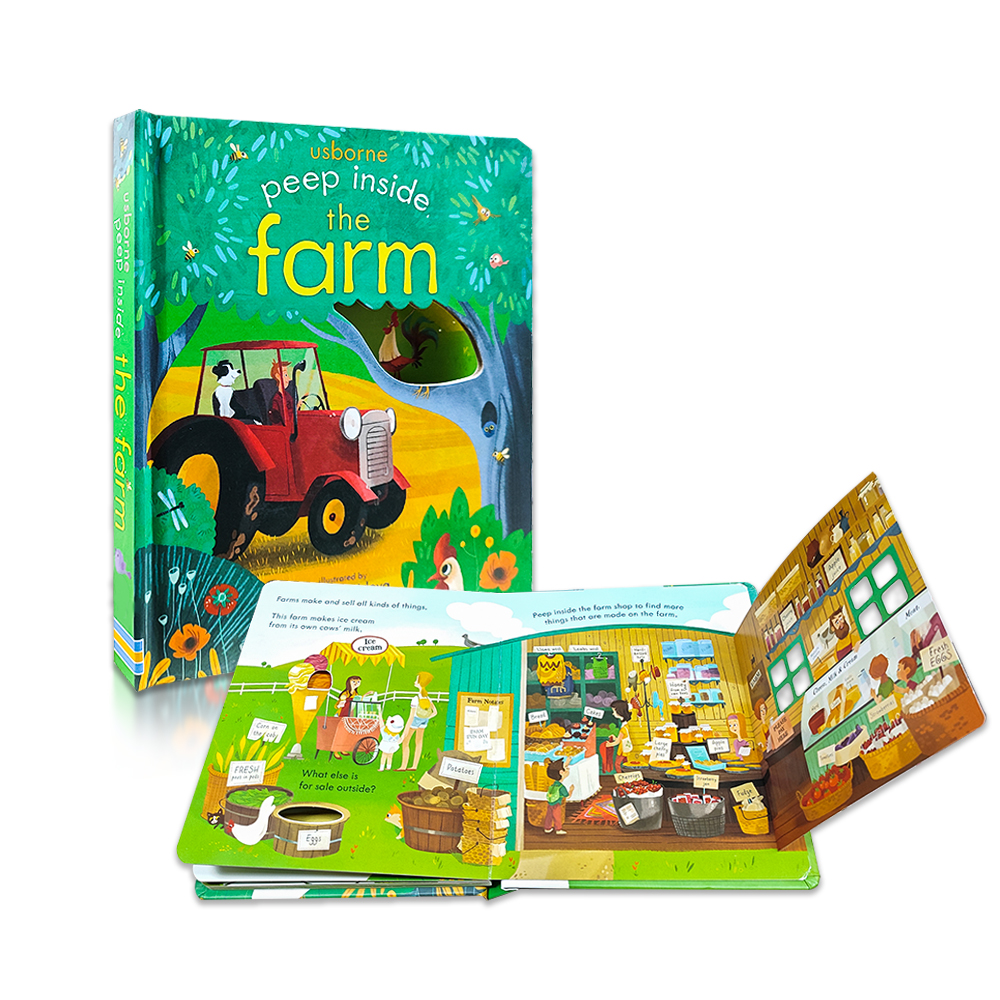How much does it cost to print a children's book?
Publishing a children’s book is an exciting journey that allows authors to share stories, foster imagination, and educate young minds. However, alongside the joy of storytelling lies a crucial question: how much does it cost to print a children’s book? Understanding the financial implications of this process is essential for any aspiring author.
The costs associated with printing a children’s book can vary dramatically based on a multitude of factors, from manuscript preparation to final production. Many first-time authors find themselves navigating a landscape filled with choices that can significantly impact their budgets. This article will serve as a comprehensive guide to the various expenses involved in printing children’s books, shedding light on both common and often overlooked costs.
Why This Article is Worth Reading
In a world where children’s literature competes for attention, having a clear understanding of the costs involved in printing is crucial for ensuring that your project remains financially viable. Whether you’re self-publishing or working with a traditional publisher, knowing what to expect can help you make informed decisions about where to allocate your resources.
By the end of this article, you’ll gain valuable insights into the cost breakdown of children’s book printing, explore different publishing options, and learn strategies to optimize your budget. This knowledge will not only empower you to manage your expenses effectively but also enable you to focus on what truly matters—creating a captivating and meaningful story for young readers.
Table of Contents
1. Understanding the Printing Process
Printing a children’s book is not just about putting ink on paper; it encompasses a series of stages that contribute to the overall quality and cost of the final product.
Manuscript Preparation: Before the printing phase, ensure your manuscript is polished and well-edited. This often involves hiring professional editors and proofreaders, which is a significant expense but crucial for maintaining quality.
Proofing and Test Prints: Before committing to a large print run, it’s wise to produce proof copies. These allow you to review the layout, color accuracy, and overall appearance of your book. Proofing can cost anywhere from $50 to $200 per copy, depending on the printing service you choose.
Printing Methods: Understanding the differences between various printing methods—such as offset printing and digital printing—is essential for cost management. Offset printing is typically more economical for large print runs but requires a minimum quantity. In contrast, digital printing is flexible for smaller quantities, albeit at a higher cost per unit.
2. Factors Affecting Printing Costs
Several key factors significantly influence the cost of printing a children’s book:
Book Size and Format: The dimensions of your book can drastically affect costs. Standard sizes (like 8.5″ x 11″) tend to be less expensive than custom sizes, which may require specialized equipment and materials.
Page Count: The number of pages directly impacts printing costs. Each additional page increases production expenses. Consider balancing your narrative and illustrations with your budget.
Color vs. Black and White: Full-color printing is substantially more expensive than black-and-white. If your illustrations are essential to the story, investing in color printing can enhance your book’s appeal, despite the higher costs.
Paper Quality: The type of paper used can influence both the look and feel of your book. Higher quality, thicker paper will generally be more expensive but can provide a more durable and visually appealing product.
By taking these factors into account, you can make strategic choices that align with both your creative vision and budgetary constraints.
3. Cost Breakdown of Children's Book Printing
Here’s a detailed breakdown of the various costs involved in printing a children’s book:
| Cost Element | Estimated Cost |
|---|---|
| Manuscript Editing | $300 – $600 |
| Illustrations | $500 – $5,000+ |
| Layout and Design | $200 – $1,000 |
| Printing (per copy) | $5 – $12 (depending on quantity) |
| ISBN Registration | $125 (one) / $295 (ten) |
| Copyright Registration | $65 |
| Marketing and Promotion | $100 – $1,000+ |
| Shipping | $5 – $15 (per copy) |
Manuscript Editing
Quality editing is crucial for any published work. While it may seem like a steep expense, investing in professional editing can significantly enhance your book’s clarity, engagement, and overall quality.
Illustrations
Illustrations are a vital component of children’s books. Depending on whether you hire a freelance illustrator or an established professional, costs can vary widely. Consider that an illustration’s cost often reflects the artist’s experience, reputation, and the complexity of the artwork.
Layout and Design
A professional layout ensures your book is visually appealing and easy to read. This includes the arrangement of text and images on the page, which is particularly important in children’s literature where visuals play a critical role in storytelling.
4. Self-Publishing vs. Traditional Publishing Costs
Choosing between self-publishing and traditional publishing has significant implications for your budget.
Self-Publishing Costs
Self-publishing grants authors complete control over their work, but it also comes with upfront costs. You are responsible for every aspect of production, including editing, design, printing, and marketing. Overall, the cost for self-publishing can range from $1,500 to over $5,000, depending on the services utilized.
Traditional Publishing Costs
In traditional publishing, the publisher covers most costs associated with production and distribution. However, authors usually receive a smaller percentage of royalties (typically 10-15%). Traditional publishing can be less financially burdensome initially but may limit creative control and profit potential.
Understanding the financial implications of each path can help you make an informed decision about how to publish your children’s book.
5. Print-on-Demand vs. Bulk Printing
When it comes to printing methods, you generally have two options: print-on-demand (POD) and bulk printing.
Print-on-Demand (POD)
POD allows authors to print copies as needed, which is particularly beneficial for those who wish to minimize upfront costs and reduce waste. The per-unit cost is generally higher than bulk printing, often between $8 and $15 per copy, but this method eliminates the risk of overprinting.
Bulk Printing
Bulk printing typically involves a higher initial investment (with costs ranging from $5 to $12 per copy), but offers significant savings per unit if you plan to sell a larger volume. This method is ideal for authors who are confident in their sales projections and have the means to handle the logistics of inventory management.
When deciding between POD and bulk printing, consider your sales strategy, target market, and available resources to determine which option aligns best with your goals.
6. Design and Layout Expenses
The design and layout of your book can significantly impact its success, particularly in the children’s book market, where visuals are crucial.
Hiring Professionals
Investing in professional design and layout services can cost anywhere from $200 to $1,000, depending on the complexity of the project. A skilled designer can create a visually appealing book that captures the target audience’s attention.
DIY Design
If you have design experience, using software like Adobe InDesign or Canva can help you save on costs. However, keep in mind that a professionally designed book often stands out in the competitive market, making this an important investment.
Importance of Good Design
A well-executed layout is not just visually pleasing; it enhances the reading experience by guiding young readers through the story seamlessly. It can also help to reinforce the themes and emotions of the narrative.
7. Illustration Costs for Children's Books
Illustrations are arguably the heart of a children’s book, and their costs can vary greatly based on several factors.
Freelance Illustrators
You might find freelance illustrators on platforms like Fiverr, with rates ranging from $50 to $300 per illustration. While these options can be budget-friendly, be sure to review portfolios carefully to ensure their style aligns with your vision.
Established Illustrators
If your project demands a higher level of artistry, hiring an established illustrator may be worth the investment. Costs can range from $1,000 to $5,000 or more, but the resulting artwork can elevate your book’s appeal and marketability.
Licensing and Usage Rights
When hiring illustrators, it’s important to clarify ownership and usage rights for the artwork. Ensure that you have the appropriate rights for distribution and promotional purposes, which can affect your long-term success.
8. Shipping and Distribution Costs
Once your book is printed, getting it into readers’ hands involves additional shipping and distribution costs.
Shipping Costs
For print-on-demand services, expect shipping costs to be around $5 to $15 per copy. If you’re bulk printing, shipping expenses can vary significantly based on the quantity and distance. It’s advisable to obtain quotes from multiple shipping providers to find the best rates.
Distribution Channels
Deciding on distribution channels is critical for reaching your target audience. Online platforms like Amazon and local bookstores each have their own associated costs, including fees for listings and potential discounts for retailers.
Managing Logistics
Consider the logistics of distribution carefully. If you choose to sell directly to customers, be prepared for additional responsibilities, including order fulfillment and customer service.
9. Marketing and Promotion Costs
To ensure your children’s book reaches its audience, investing in marketing and promotion is essential.
Building an Online Presence
Creating a robust online presence can cost anywhere from $100 to $1,000, depending on your marketing strategy. Consider investing in a professional website and engaging with readers on social media platforms.
Paid Advertising
Running targeted ads on platforms like Facebook or Instagram can yield significant returns, with costs varying based on your audience and campaign goals. Budget for ongoing promotional efforts to keep your book in front of potential readers.
Book Launch Strategies
Consider allocating funds for promotional events, giveaways, or book launch parties. Engaging your audience in fun and interactive ways can boost visibility and create excitement around your release.
10. Budgeting Tips for Authors
Here are some practical budgeting tips to help you manage costs effectively:
Create a Detailed Budget: List all potential expenses and categorize them to gain a comprehensive understanding of where your money will go.
Research and Compare Prices: Obtain quotes from multiple vendors for editing, printing, and design services to ensure you’re getting the best value for your investment.
Consider All Costs: Don’t forget to account for additional expenses like shipping, distribution, and marketing, which can significantly impact your overall budget.
Prioritize Quality Over Cost: While it may be tempting to cut corners to save money, investing in quality editing, design, and illustrations can enhance your book’s success.
11. Case Studies: Cost Comparisons for Different Printing Options
To provide further clarity, let’s examine a few case studies comparing costs between different printing options for children’s books.
Case Study 1: Print-on-Demand
Project: A 32-page children’s book with full-color illustrations.
POD Costs:
- Editing: $400
- Illustrations: $2,000
- Layout and Design: $600
- Printing: $12 per copy (100 copies)
- Shipping: $10 per copy
Total Estimated Cost:
- Editing + Illustrations + Design + (Printing x 100) + (Shipping x 100)
- $400 + $2,000 + $600 + ($12 x 100) + ($10 x 100)
- $400 + $2,000 + $600 + $1,200 + $1,000 = $5,200
Case Study 2: Bulk Printing
Project: A 32-page children’s book with full-color illustrations.
Bulk Printing Costs:
- Editing: $400
- Illustrations: $2,000
- Layout and Design: $600
- Printing: $8 per copy (500 copies)
- Shipping: $8 per copy
Total Estimated Cost:
- Editing + Illustrations + Design + (Printing x 500) + (Shipping x 500)
- $400 + $2,000 + $600 + ($8 x 500) + ($8 x 500)
- $400 + $2,000 + $600 + $4,000 + $4,000 = $10,000
Summary of Case Studies
- Print-on-Demand: Total estimated cost of $5,200 for 100 copies. Lower initial investment, but higher per-unit costs.
- Bulk Printing: Total estimated cost of $10,000 for 500 copies. Higher upfront cost but lower per-unit costs.
These case studies illustrate how different printing options can significantly affect your budget. Depending on your sales strategy and market demand, you can make an informed decision that aligns with your financial goals.
Conclusion
In conclusion, the cost of printing a children’s book can vary significantly based on multiple factors, including design, printing method, and marketing strategies. Understanding these costs is essential for authors looking to publish successfully.
By carefully exploring different printing options, budgeting effectively, and investing in quality services, you can create an engaging children’s book that resonates with your target audience. Whether you choose to self-publish or work with a traditional publisher, being informed about the financial landscape will empower you to navigate the complexities of the publishing industry successfully. With the right planning and execution, your dream of becoming a published author can become a reality.
FAQs
1. What is the average cost to print a children's book?
The average cost to print a children’s book can range from $1,500 to over $5,000, depending on factors such as manuscript editing, illustration costs, design, printing method, and marketing expenses. Self-publishing authors typically incur more costs upfront since they are responsible for all aspects of the production process.
2. Is it cheaper to self-publish or go through a traditional publisher?
Self-publishing often incurs higher initial costs, as authors must cover expenses for editing, design, printing, and marketing. However, it offers greater control and potentially higher royalties. In contrast, traditional publishing usually involves no upfront costs for authors, but they receive lower royalties and may have less creative control. The choice ultimately depends on your budget, goals, and willingness to navigate the complexities of publishing.
3. How can I reduce costs when printing my children's book?
To reduce costs, consider the following strategies:
- Choose Print-on-Demand: This eliminates the need for large upfront investments and minimizes the risk of unsold inventory.
- DIY Design and Layout: If you have design skills, using software like Canva can save on professional fees.
- Hire Freelancers: Opt for freelance illustrators or editors instead of established professionals when starting.
- Limit Color Pages: If possible, use black-and-white illustrations to lower printing costs.
By implementing these strategies, you can manage your budget effectively while still producing a quality children’s book.
Book Printing
New Products
Last Blog

What Type Of Paper Is Used For Book Printing?
If you’re diving into self-publishing, one of your primary concerns will be finding economical options for book printing
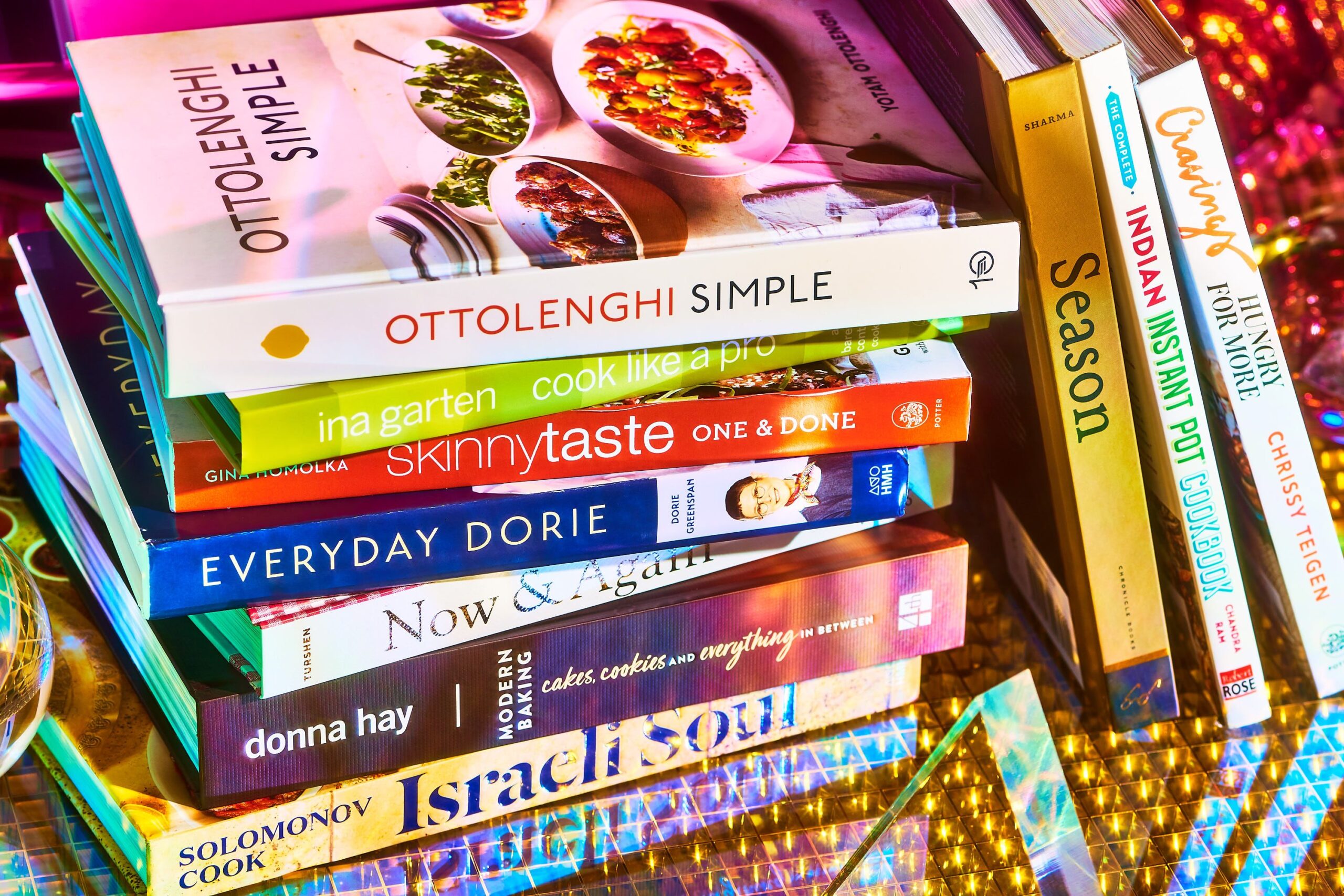
How Much Does It Cost to Print a Book?
Self-publishing has increasingly become an ideal choice for writers and content creators looking to maintain control over their work from creation to sales. Unlike traditional publishing,
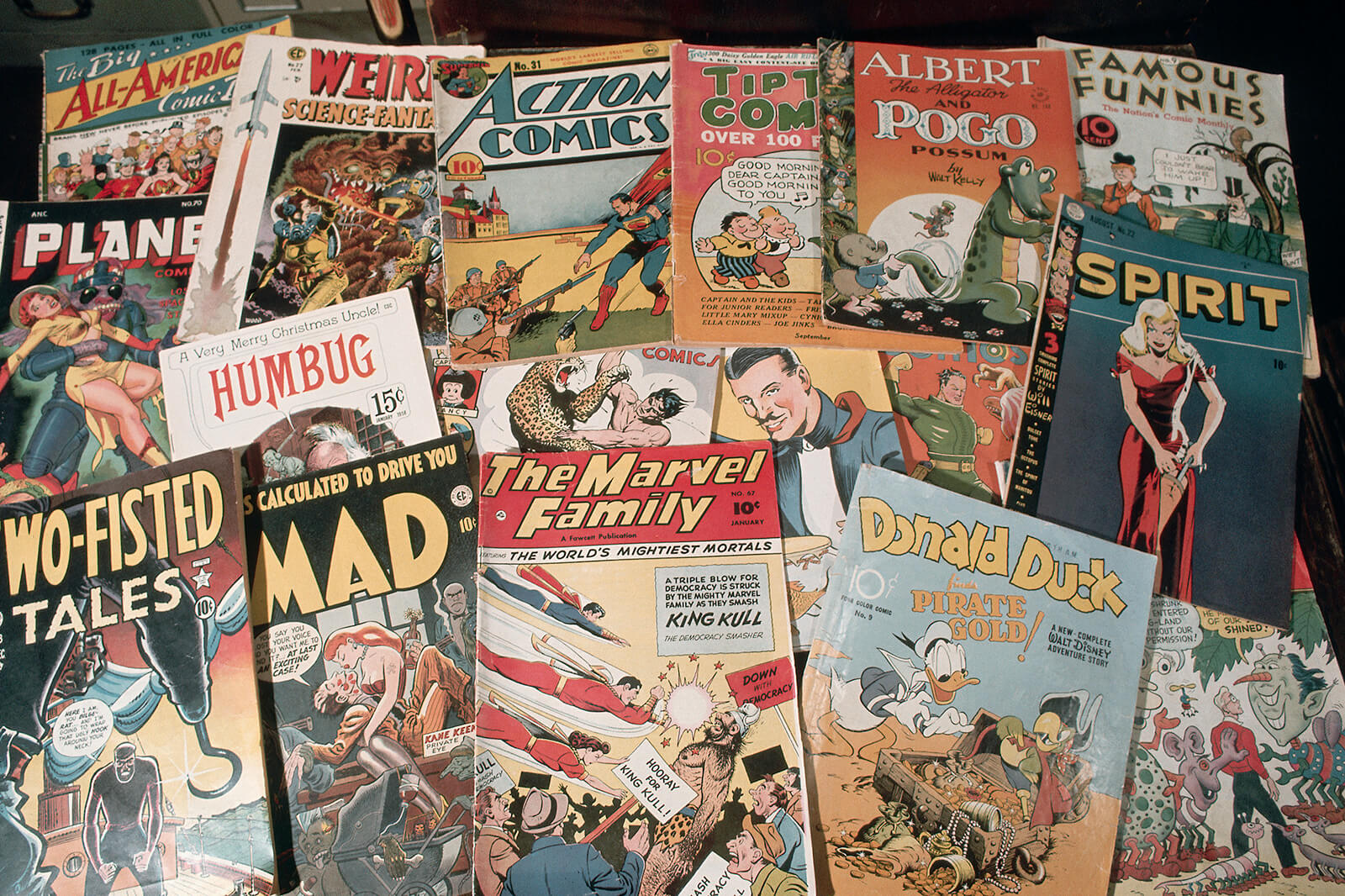
How Much Does It Cost To Print A Comic Book
Creating a comic book is not just a project; it’s a passion that combines storytelling, artistry, and entrepreneurial spirit. For many artists and writers,
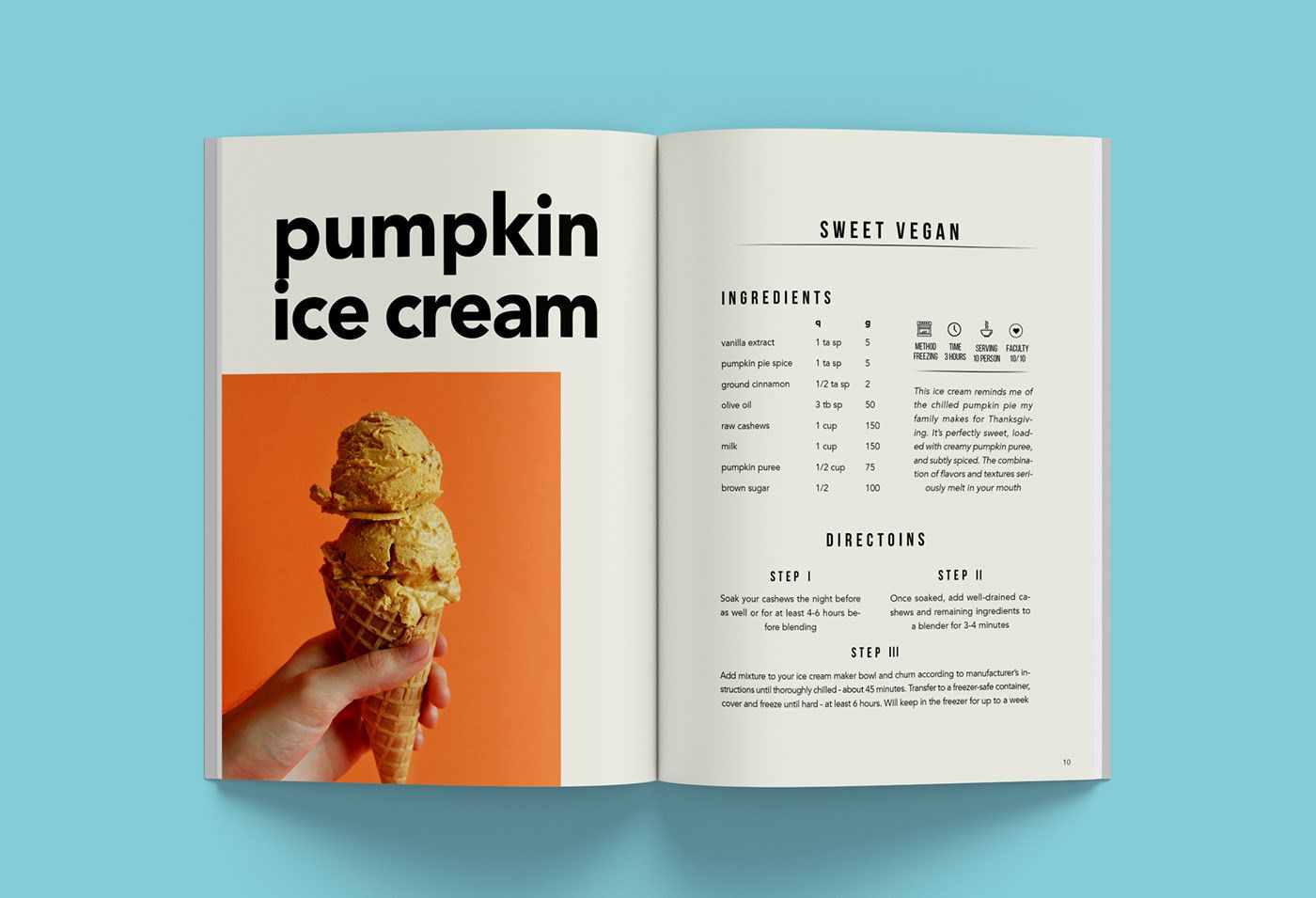
Why are some hardcover editions much cheaper than the paperback editions
The pricing of books has always been a complex and sometimes puzzling subject for readers. While hardcover books are traditionally considered more expensive due to their sturdy materials and higher production costs
Contact Us
- +86 13946584521
- info@booksprinting.net
- 8:00 - 22:00 (Mon - Sun)
Tags
Comments
Related Blog
Find the newest trends and common knowledge in book printing business.
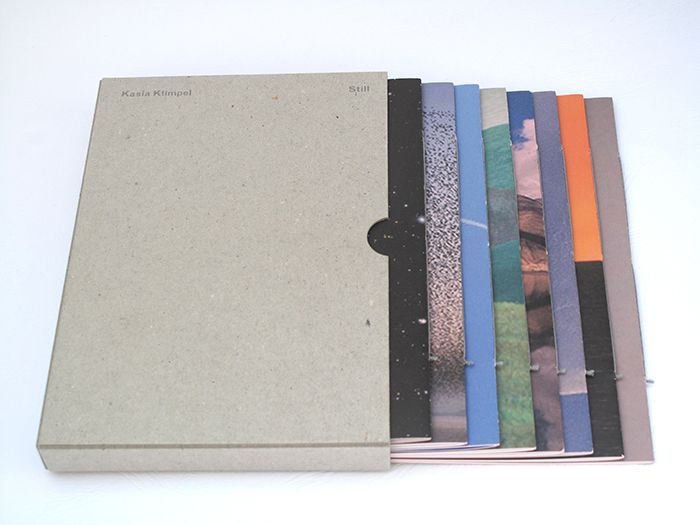
Elevate Your Marketing with Custom Booklet Printing
If you’re diving into self-publishing, one of your primary concerns will be finding economical options for book printing
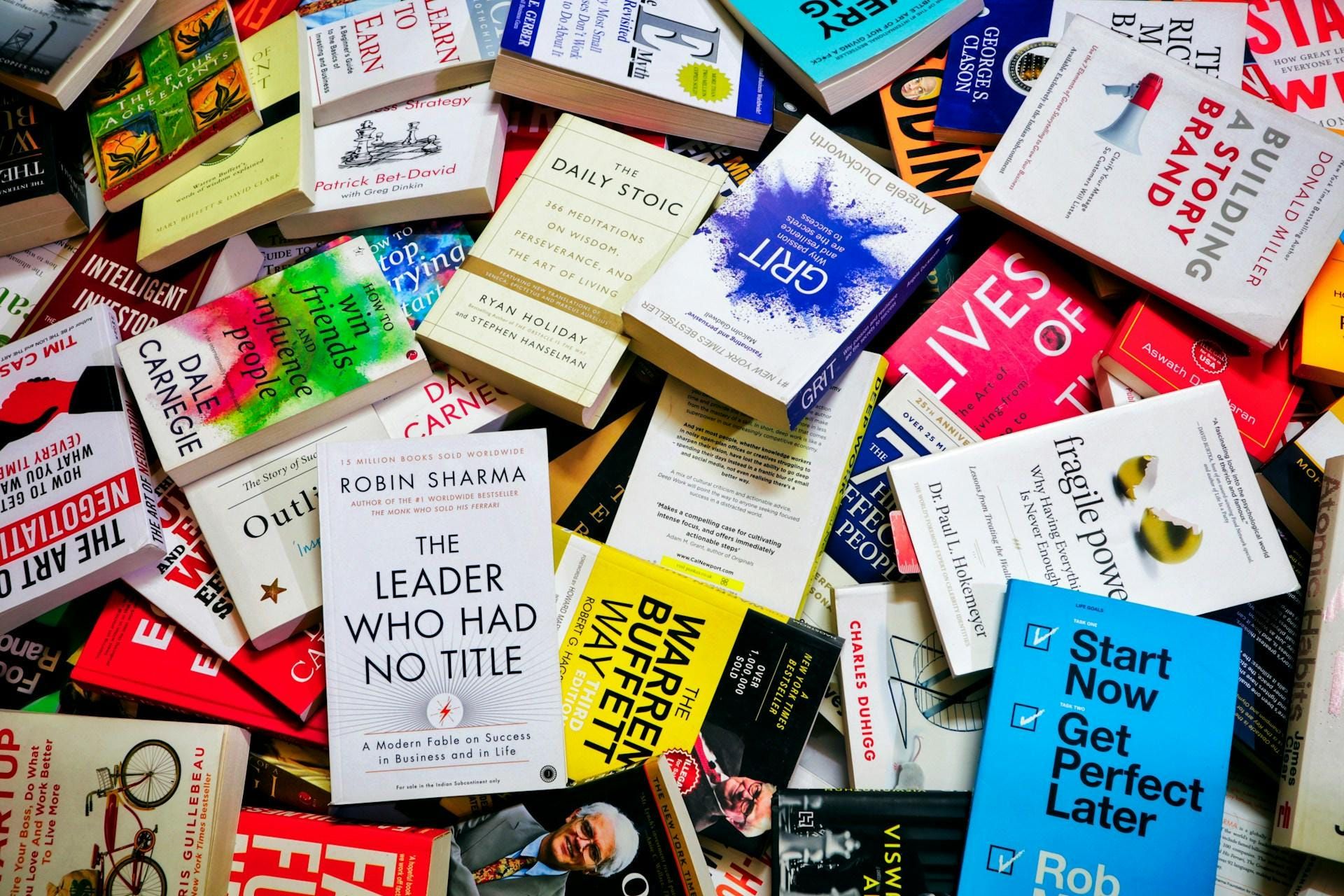
How To Print A Book
Self-publishing has increasingly become an ideal choice for writers and content creators looking to maintain control over their work from creation to sales. Unlike traditional publishing,
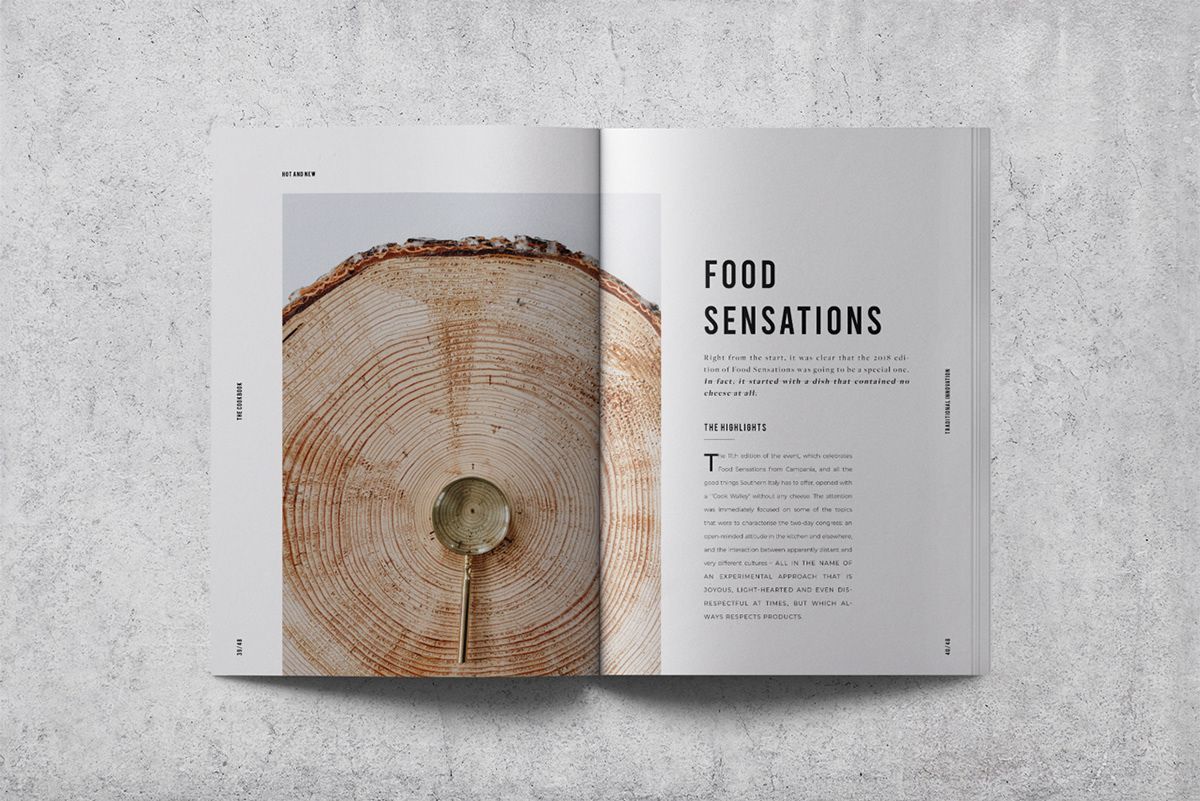
7 Compelling Advantages of Using Professional Book Printing Services
In the world of literature, the production quality of a book can significantly influence its success
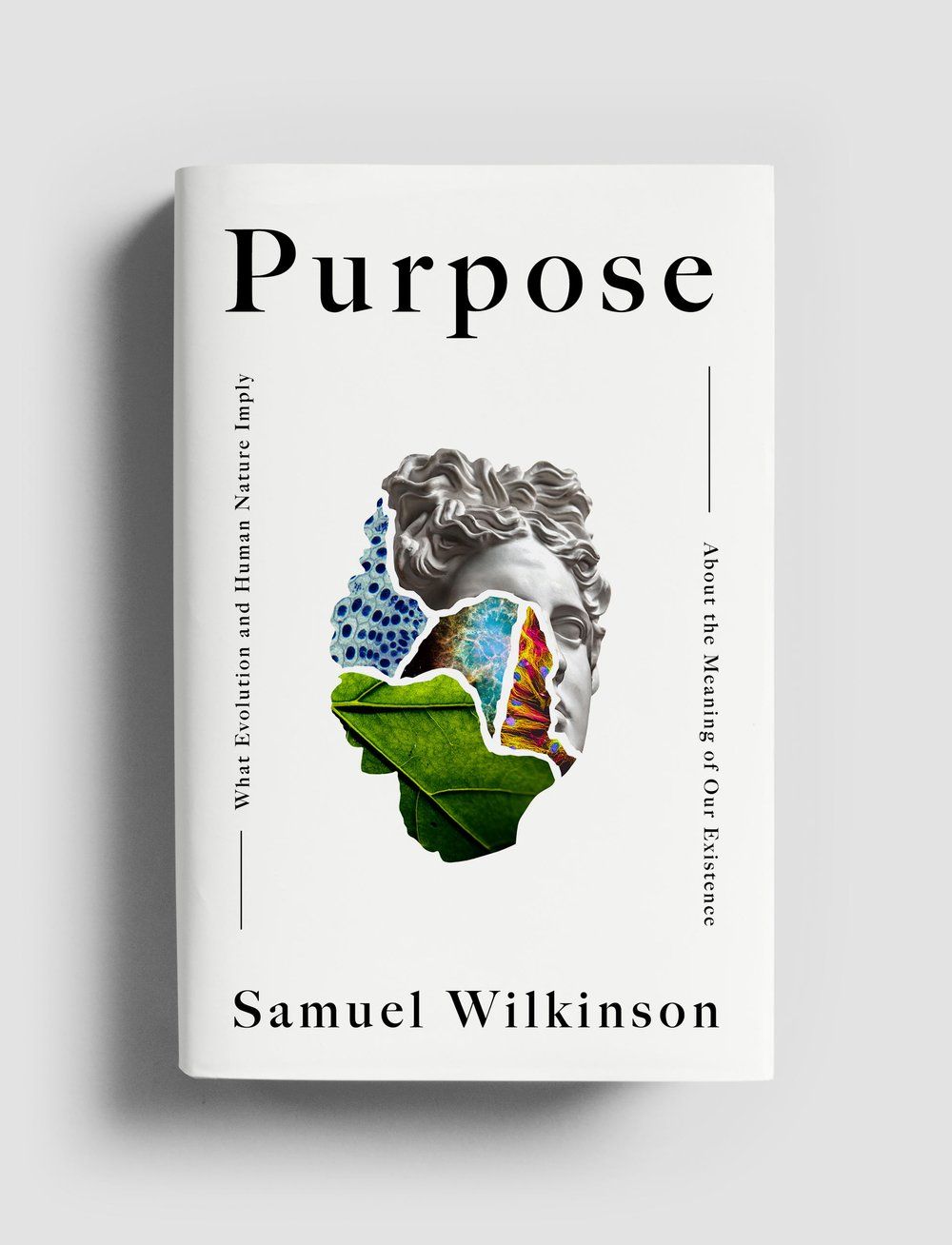
What is the cheapest way to make a book?
If you’re diving into self-publishing, one of your primary concerns will be finding economical options for book printing

